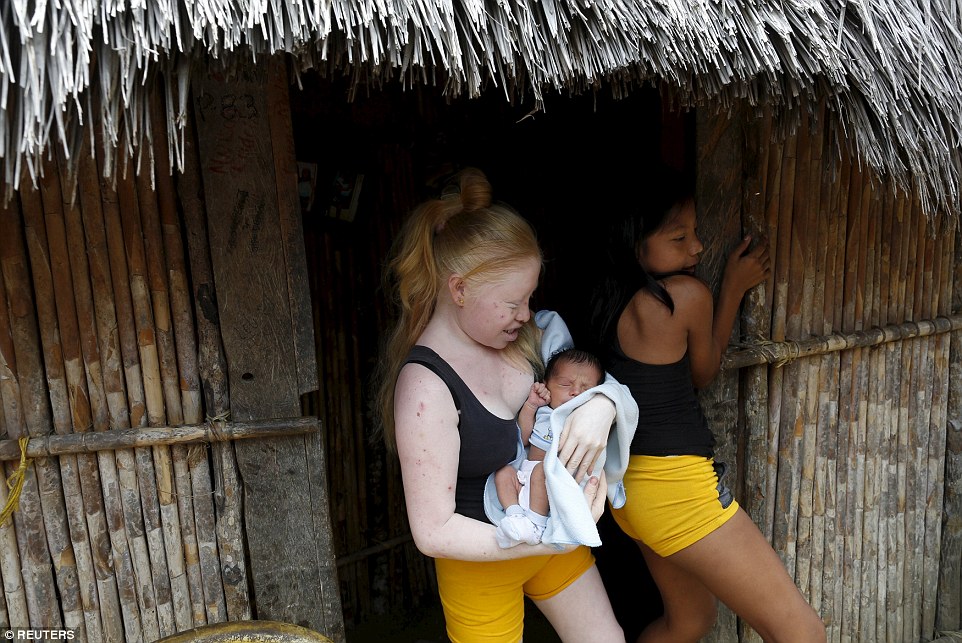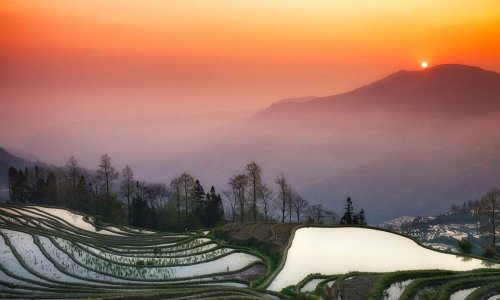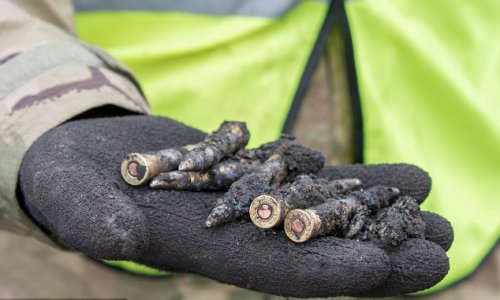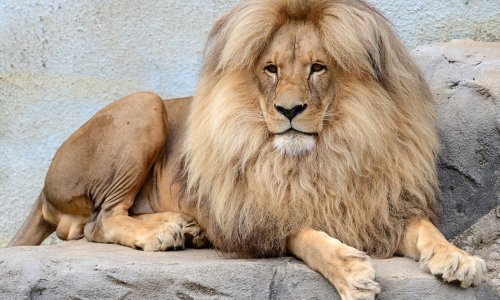For years, the alabaster-skinned people born on the sun-scorched constellation of islands off Panama's Caribbean coast were venerated as the Grandchildren of the Sun. But that same sun - their mythic, celestial ancestor - is also their greatest foe.
Experts say there are hundreds of albinos among the 80,000 indigenous Guna, or Kuna, who live in Panama, nearly half on the mainland of the Guna Yala region and three dozen of its 365 palm-speckled islands.
While their school friends are able to spend their days playing football and studying outside under the blazing sun, the albino children's delicate skin means they have to limit the time they spend in the open during the daytime.
Instead the youngsters prefer to venture out only after dark, which has led to their traditional nickname morphing into Children of the Moon.
There has been no census but Pascale Jeambrun, founder of the local S.O.S Albino organization, says one in every 150 Guna children born is albino. At a global level, the rate is believed to be around one in 17,000.
In some countries like Tanzania, albinos can be persecuted and killed as a symbol of bad luck, or witchcraft. But the Guna treat their albino children with love and respect.
'As the ancestors say, it's a blessing,' said Yira Boyd, mother of 6-year-old Guna albino girl Delyane Avila, who lives on the island of Ailigandi.
'If you look after them you can arrive at that special place in the heavens.'
Though not persecuted, Guna albinos face another threat: the tropical sun that can cause them eye problems and skin cancers.
More than half the region's albinos suffer some form of skin cancer, said Jose Jons, a doctor on the island of Ustupu,
compared with an incidence of less than 1 percent in the global population, according to World Health Organization figures.
As modern medical knowledge about the illness has begun to penetrate the region's atolls, reported cases of skin cancers have risen, said Rosa Espana, head of dermatology at the national oncology institute in Panama City.
She now sees about three Guna albinos a week in her clinic, about three times the number that came until three years ago.
(dailymail.co.uk)











www.ann.az
Follow us !











